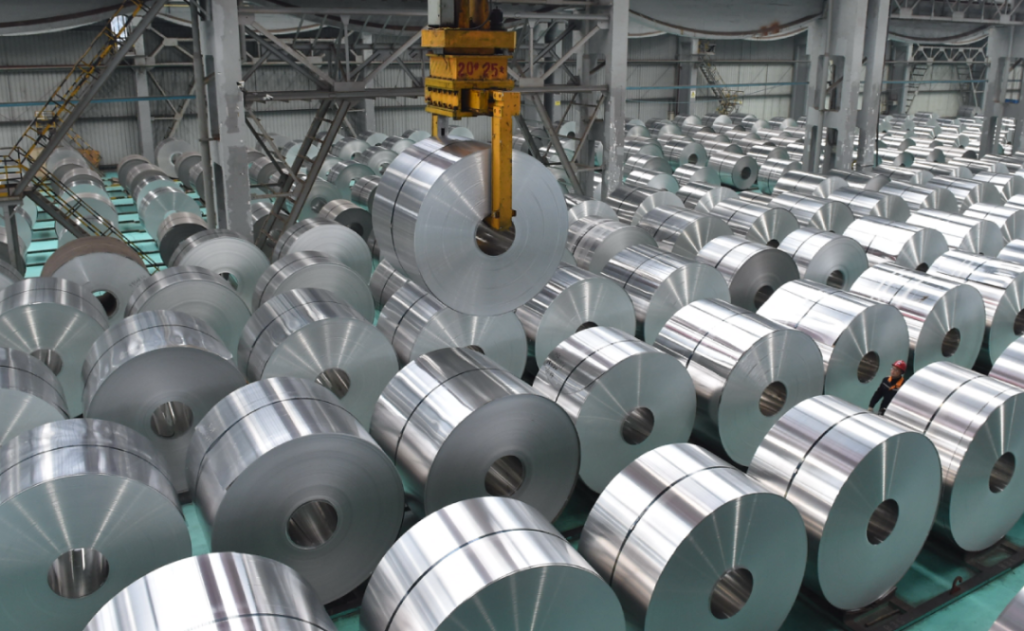Introduction
Aluminium is a crucial material in various industries, from construction and automotive to packaging and electronics. Its price trends and market dynamics can significantly impact global economic activities. Recently, aluminium prices experienced a notable decline, influenced by several factors ranging from inventory levels to broader economic indicators. This article delves into these factors, providing a comprehensive analysis of the current state and future outlook of the aluminium market.
Recent Price Trends and Influencing Factors
Yesterday, aluminium prices saw a decline of 1.19%, settling at 233. This drop was primarily driven by high inventories and weak demand. The widening discount of the LME cash aluminium contract to the three-month contract reached $62.44 per ton, marking the largest discount since August 2007. Aluminium inventories have more than doubled in just a month to 1.1 million tons, exacerbating the downward pressure on prices. Additionally, the surge in the US dollar, fueled by robust job creation data, also contributed to the decline, as it suggests a potential delay in the Federal Reserve’s easing cycle.
Global Trade and Economic Indicators
China’s trade data presented a mixed picture. While exports were better than expected, indicating resilience in the manufacturing sector, slower growth in imports highlighted concerns about domestic consumption. In the US, strong job creation data bolstered the dollar, which in turn weighed on aluminium prices. These economic indicators play a crucial role in shaping the market’s short-term and long-term trends.
Supply Chain Disruptions and Market Responses
The aluminium market also faced supply chain disruptions. Shortages of alumina emerged due to lower output from China and disruptions in Rio Tinto’s Australian exports. These challenges prompted Rio Tinto to declare force majeure on alumina cargoes from its Australian refineries, raising concerns about the supply of this essential material.
Market Confidence and Future Outlook
Despite these challenges, there are positive signals in the market. One global aluminium producer offered Japanese buyers a premium of $175 per metric ton for July-September, reflecting confidence in the demand outlook. Moreover, global primary aluminium output in April rose by 3.3% year-on-year to 5.898 million tonnes, according to the International Aluminium Institute. This increase in production suggests a steady supply to meet future demand.
Technical Analysis of the Aluminium Market
From a technical perspective, the aluminium market is witnessing fresh selling pressure. Open interest has increased by 5.87% to 3,461 contracts, while prices have decreased by 2.8 rupees. Aluminium currently finds support at 231.3, with a potential test of 229.5 if this level is breached. On the upside, resistance is expected at 235.1, and a move above this level could push prices towards 237.1.
Conclusion
In summary, the recent decline in aluminium prices can be attributed to high inventories, weak demand, and a strong US dollar. However, positive trade data from China and increased global output indicate a resilient market. Supply chain disruptions pose challenges, but market confidence remains strong, as evidenced by the premiums offered to Japanese buyers. As we move forward, stakeholders and investors should closely monitor these factors to navigate the aluminium market effectively.

